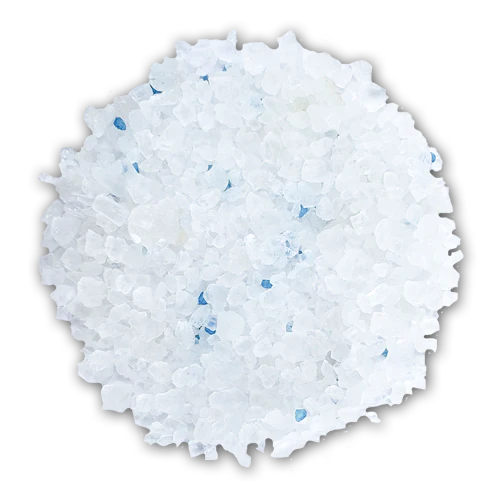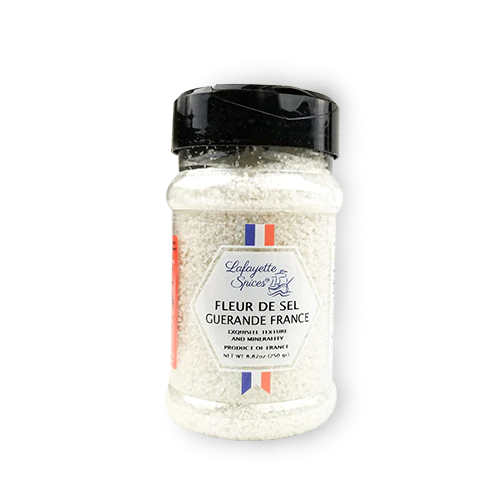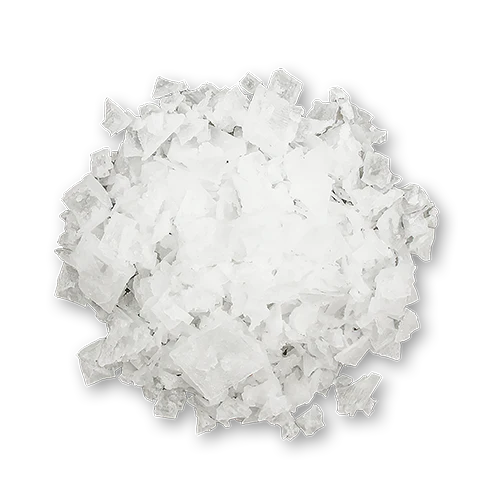
Some easy tips to follow for working with exotic peppercorns!!!
Peppers are easy to use. So easy in fact that they can be eaten right out of the jar, with no additional preparation necessary! But here are some easy to follow tips and tricks to help you make the most of your Lafayette Spices.
1. Toast for added flavor
Peppercorns (and many other spices) are absolutely packed with super flavorful essential oils. These oils can only be released when they’re heated to a certain temperature. If you plan on using a small amount of spices, you can toast them gently in a sauté pan. When you need to have more spices on hand, toasting them on a sheet tray in the oven will do the trick. There’s nothing like the smell of freshly toasted Kampot Red Peppercorns.

2. Add spices at the beginning and the end
To get the maximum impact out of your spices, you’ll want to use them at two different times during the cooking process. As the peppers cook, their flavors will change and develop so it’s important to grind the spices onto your raw ingredients and cook them with the product. Additionally, you’ll want to add some spice at the end of the cooking process too, as a finishing garnish. Because the peppers deliver different flavors when they’re raw and cooked, it’s important to both cook them, and use them freshly ground just before serving. The Sichuan Green Peppercorns are particularly good at displaying this duality.

3. Fresh is best
Unbeknownst to many, spices have a shelf life! Yes, it’s true. Those volatile oils we discussed earlier will evaporate and age leaving you with a spice that just not that….spicy. Even when stored properly (cool dark dry environment) spices will begin to lose their punch after just one year. It’s important to keep tabs on your spice inventory and make sure nothing’s been sitting around too long. You’ll want to make sure you’re getting the biggest bang for your buck!

4. Crumble, Grate, and Grind
Because our spices are so unique and different from each other, it’s important to note that they should be treated differently when it comes to application. Some of the spices are long enough to be grated on a microplane – like the Kampot Long Red Peppercorn and the Smoky Long Peppercorn. Some peppers can be broken and crumbled in the hands – giving the pepper and beautiful crunchy appearance. The Assam Peppercorns and Fermented Green Peppercorns work well for that. And lastly, the smaller round peppers can be used in a traditional mill – and ground course or fine – be sure to toast them first!

5. Steep for maximum impact
With all our peppers, the option to steep them in a sauce is always a good choice. Like a fine tea, the longer you allow the pepper to steep the more flavor will be imparted. While earthy flavored peppers (Wild Tailed Peppercorn and Fermented Green Peppercorn) will work well with meaty broths, fruitier floral peppers (Cumeo and Timut) will work well with vegetable based stocks and even pastry components like cream sauces and ice cream bases.

6. List it on the menu
Let’s get down to brass tacks – spices aren’t cheap. We know that! But we also know that these are beautiful, rare, and exotic ingredients sourced from far away counties. Their flavors are bold, intense, and powerful. Don’t be afraid to show them off! List these incredible spices on your menu, just as you would truffles, caviar, and foie gras. For instance “Shaved Summer Melon with Sichuan Green Peppercorn and Cured Fluke” or “Cumeo Tailed Peppercorn Ice Cream with Plum Financier and Honey Brittle.” Let the world know you’re using some of the best spices in the world!











